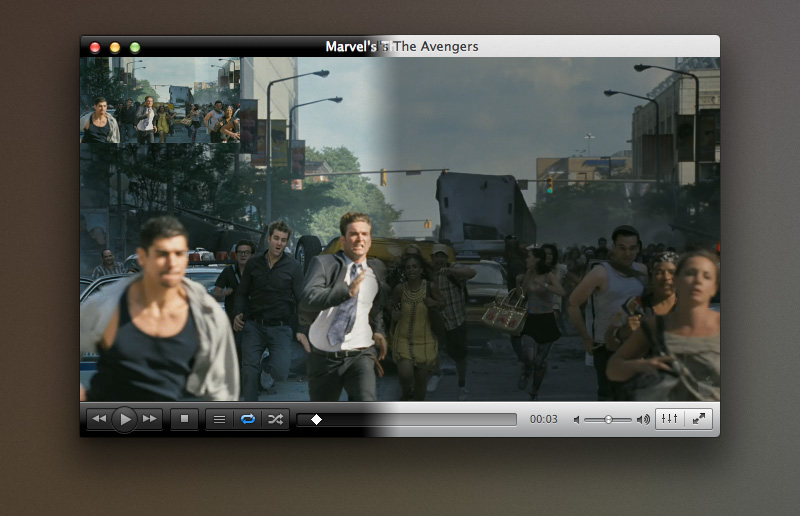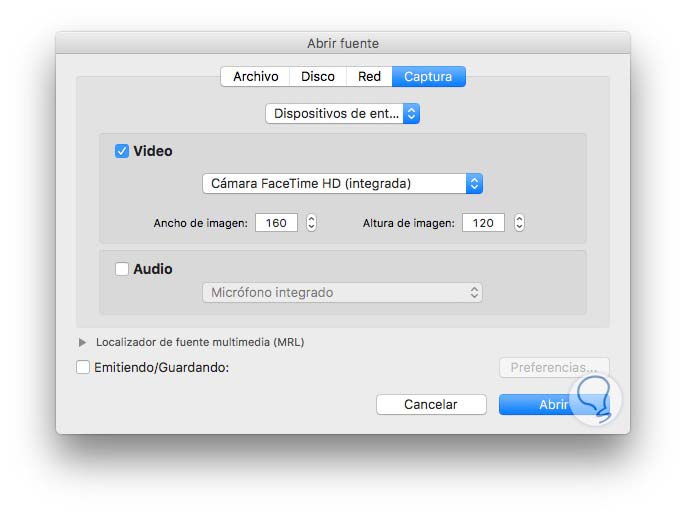

A full list of available interfaces are at the VLC Interfaces wiki page. Now that you can call the binary right from the CLI, you probably will want to pick an interface so that you don't have the usual GUI popping up. If you don't want to use this whole path every time, you can make a symlink and edit your Bash PATH to point to this. Open Terminal and enter the exact file path to this, and you'll find the VLC binary executes: /Applications/VLC.app/Contents/MacOS/VLC. In this case, the VLC binary is located in the Contents/MacOS folder as file VLC. Now you can browse what's actually inside. Open Finder, go to the Applications folder, right-click on the VLC app and then click Show Package Contents. GNU bash, version 3.2.57(1)-release (x86_64-apple-darwin17)Ĭopyright (C) 2007 Free Software Foundation, Inc.įirst, you need to locate the actual binary executable in the VLC Mac application package. Tested on: macOS HighSierra (OSX 10.13.6) $ bash -version lsregister -dump | grep -o "/.*$" | uniq lsregister -dump | grep -o "/.*\Google Chrome.app" | head -1 $ cd /System/Library/Frameworks/amework/Versions/A/Frameworks/amework/Versions/A/Support/ $ # /Frameworks/amework/Versions/A/Support/ Little complicated but won't launch the app. Volumes/External_HDD/Applications/GIMP/GIMP_v2.8/GIMP.app/ $ osascript -e 'POSIX path of (path to application "GIMP")' $ osascript -e 'POSIX path of (path to application "VLC")' Helpful, in case of that the VLC is placed in another directory rather than /Applications, such as /Users//Applications ( ~/Applications) or other directories. Take a look at the site on your own, but don’t be surprised if you don’t find an extension to do something - that feature may be hiding somewhere in VLC already.Here're 2 ways to find out the actual path of the app that launches with open command. You can make your VLC window look entirely different or add support for discovering different types of online streams - like radio stations from TuneIn Radio - to VLC’s playlist window.

The website also offers a variety of skins and service discovery scripts. So many other features - whether you’re thinking of transcoding or streaming - are built into VLC already. The extension site is full of even more extensions and plug-ins, but we wanted to highlight the best. With this extension installed, you can just click anywhere on the video to pause or resume playing your video file. VLC forces you to press Space or click a small Play/Pause button at the bottom of the screen, which can be inconvenient if you’re controlling VLC with a mouse from a distance - perhaps while using VLC as a media player connected to your TV with an HDMI cable. Web-based video players like YouTube often allow you to click the video screen to pause and resume playing a video.


 0 kommentar(er)
0 kommentar(er)
